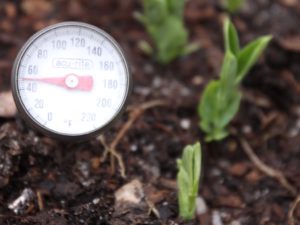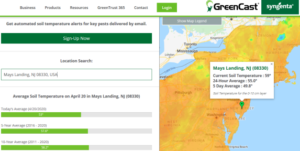WEBINAR
E-Commerce During COVID-19: Opportunities for Food Producers
to Make Direct Market Sales Online
Friday, April 24, at 12:00 p.m. EST
The COVID-19 pandemic is a situation that is rapidly changing, with guidance for safe gathering thresholds dwindling from thousands, to hundreds, to fewer than 10. The isolation and uncertainty have precipitated changes in consumers’ shopping behaviors, from bulk-buying to e-commerce and more. Limiting in-store interactions is now a chief comparative advantage.
This webinar will discuss ways farmers, food gatekeepers and retailers can benefit (or hedge their losses) by adapting to consumers’ behavioral changes. C-FARE board member and Rutgers University economist Gal Hochman will moderate the 45-minute discussion. He will be joined by three panelists.
-
Jeffrey O’Hara will discuss what USDA Agricultural Marketing Service resources are available for producers to develop e-commerce sales, the latest data and research, along with examples of ways farmers have migrated online. He is an AMS specialist.
-
Chyi Lyi “Kathleen” Liang will discuss various online platforms, the merits of using digital sales strategies, and sample innovative aggregated venues online. She is the W. K. Kellogg Distinguished Professor of Sustainable Agriculture and the director of the Center for Environmental Farming Systems at North Carolina Agricultural and Technical State University.
-
Gary Matteson will talk about the need for business planning with clear goals for inputs such as time and money, and clear expectations for sales and profitability when approaching new markets. He is vice president for Young, Beginning, Small Farmer Programs and Outreach at the Farm Credit Council.
The webinar will conclude with questions from attendees. Those who register but cannot attend will be invited to view a recording of the webinar at a later date. Please join C-FARE and the NAREA for this special program.

The Vision of the Council on Food, Agricultural and Resource Economics
Catalyzing informed decisions through applied economics.
 This season’s warm March made it tempting to get an early start planting crops. However to give plants a jump on the season, resist the lure of warm air temperatures. Instead, pay more attention to your soils’ temperatures.
This season’s warm March made it tempting to get an early start planting crops. However to give plants a jump on the season, resist the lure of warm air temperatures. Instead, pay more attention to your soils’ temperatures. While it’s best to measure soil temperatures in your own fields, there are also online soil temperature reporting alternatives like the
While it’s best to measure soil temperatures in your own fields, there are also online soil temperature reporting alternatives like the 